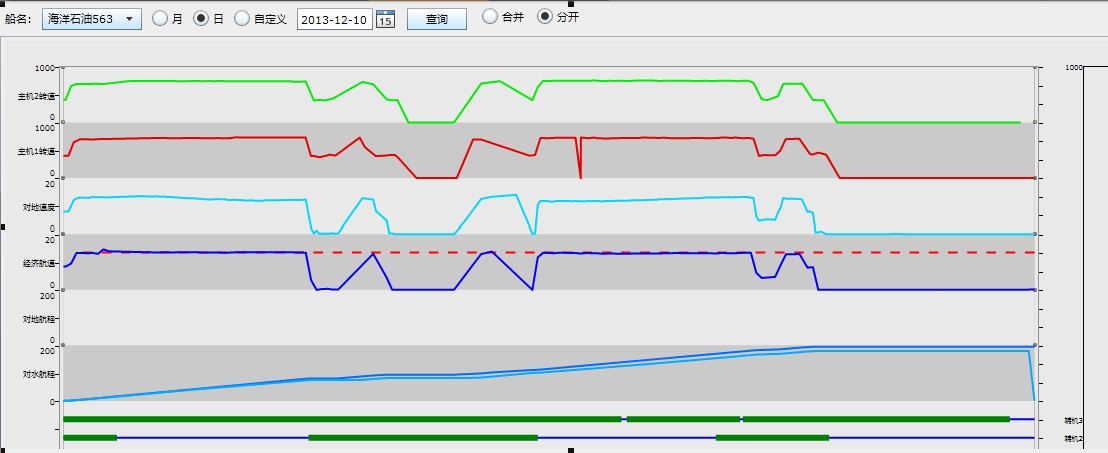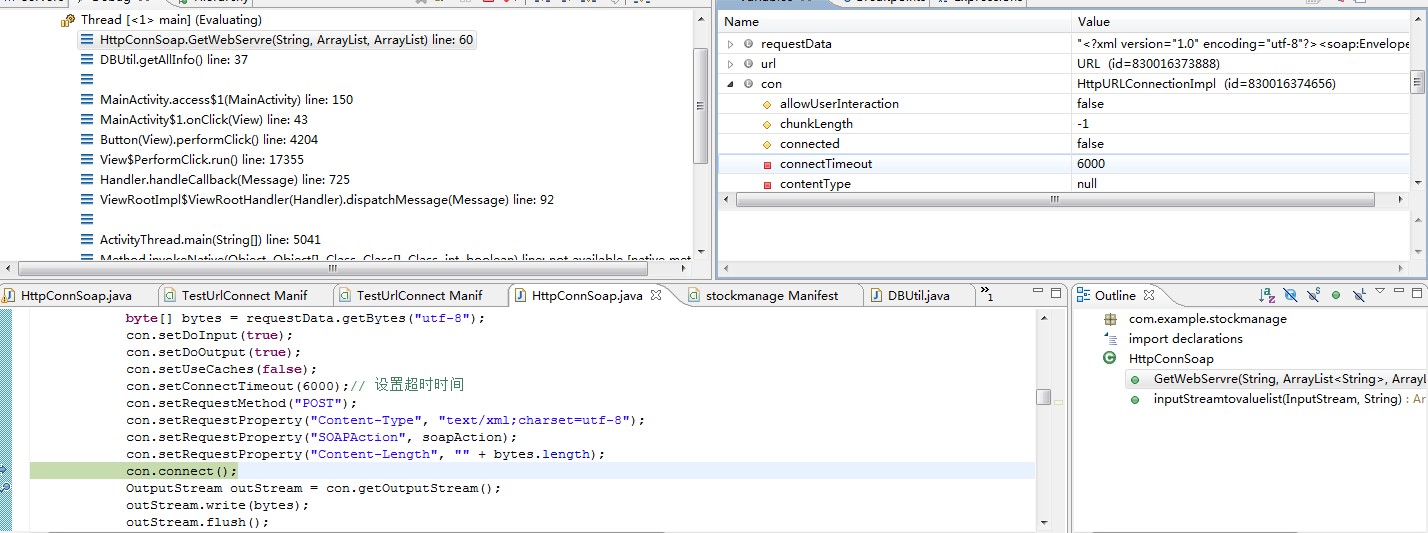text() – 设置或取得指定元素的文本内容。
html() – 设置或取得指定元素的内容(包括HTML标记)
val() – 设置或取得表单某个输入域的值。
比如下面代码就是使用上面三种方法给HTML元素或Form赋值
[javascript]
$("#btn1").click(function(){
$("#test1").text("Hello world!");
});
$("#btn2").click(function(){
$("#test2").html("<b>Hello world!</b>");
});
$("#btn3").click(function(){
$("#test3").val("Dolly Duck");
});
$("#btn1").click(function(){
$("#test1").text("Hello world!");
});
$("#btn2").click(function(){
$("#test2").html("<b>Hello world!</b>");
});
$("#btn3").click(function(){
$("#test3").val("Dolly Duck");
});
用于text(),html()和val()的回调函数
text(),html()和val()方法可以和一个回调函数配合使用,这个回调函数具有两个参数,一个是选择中元素的序号,第二个为当前值(旧值),然后你可以通过回调函数的返回值做为元素的新值。
例如:
[html]
<!DOCTYPE html>
<html>
<head>
<meta charset="utf-8">
<title>JQuery Demo</title>
<script src="scripts/jquery-1.9.1.js"></script>
<script>
$(document).ready(function () {
$("#btn1").click(function () {
$("#test1").text(function (i, origText) {
return "Old text: " + origText
+ " New text: Hello world! (index: " + i + ")";
});
});
$("#btn2").click(function () {
$("#test2").html(function (i, origText) {
return "Old html: " + origText
+ " New html: Hello <b>world!</b> (index: " + i + ")";
});
});
});
</script>
</head>
<body>
<p id="test1">This is a <b>bold</b> paragraph.</p>
<p id="test2">This is another <b>bold</b> paragraph.</p>
<button id="btn1">Show Old/New Text</button>
<button id="btn2">Show Old/New HTML</button>
</body>
</html>
<!DOCTYPE html>
<html>
<head>
<meta charset="utf-8">
<title>JQuery Demo</title>
<script src="scripts/jquery-1.9.1.js"></script>
<script>
$(document).ready(function () {
$("#btn1").click(function () {
$("#test1").text(function (i, origText) {
return "Old text: " + origText
+ " New text: Hello world! (index: " + i + ")";
});
});
$("#btn2").click(function () {
$("#test2").html(function (i, origText) {
return "Old html: " + origText
+ " New html: Hello <b>world!</b> (index: " + i + ")";
});
});
});
</script>
</head>
<body>
<p id="test1">This is a <b>bold</b> paragraph.</p>
<p id="test2">This is another <b>bold</b> paragraph.</p>
<button id="btn1">Show Old/New Text</button>
<button id="btn2">Show Old/New HTML</button>
</body>
</html>
同样为元素的属性赋值也使用attr()方法,例如:
[javascript]
$("button").click(function(){
$("#guidebee").attr({
"href" : "http://www.imobilebbs.com",
"title" : "imobilebbs jQuery Tutorial"
});
});
$("button").click(function(){
$("#guidebee").attr({
"href" : "http://www.imobilebbs.com",
"title" : "imobilebbs jQuery Tutorial"
});
});





